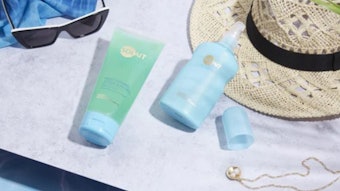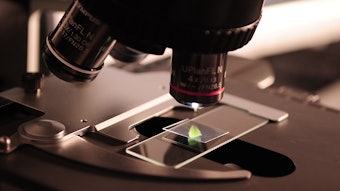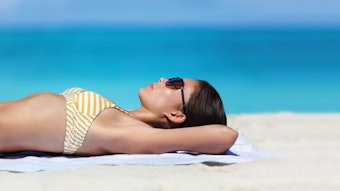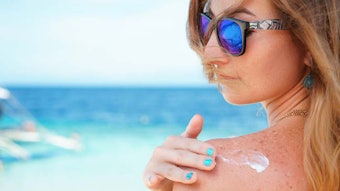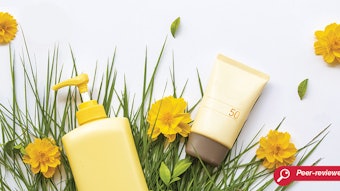While it is a highly desirable goal, the ability to adequately calculate SPF from a combination of sunscreen actives remains an impossible task. This is because the SPF is affected by a number of factors in addition to the type and concentration of sunscreen agents in the formulation.
Additional factors include: ingredients in the formulation such as solvents, film formers, emulsifiers and water resistant agents; interactions between ingredients; ability of the formulation to be uniformly spread on the skin; the photostability of the formulation; and product migration
Therefore, sunscreen formulations must undergo testing to determine SPF values (experimentally determined). There are a number of effects that are related to how the product is tested including: thickness of the film applied, type of solar simulator used and subject skin type.
Some patents concerning the effect of ingredients on SPF include: Natural sunlight photostable composition (US Pat 7,309,481); high sunscreen efficiency water-in-oil emulsion (US Pat 7,790,146); and Natural sunlight photostable composition (US Pat 7,285,262).
The formulation of effective sun protection products requires cooperation between the formulator, the raw material supplier and the product testing laboratory to assure that the product that is effective at using the least amount of sunscreen agent for the highest SPF.
!['[Sunscreen] developers will be able to innovate more efficiently while maintaining high standards of quality and safety for consumers.'](https://img.cosmeticsandtoiletries.com/files/base/allured/all/image/2024/06/woman_outside_using_sunscreen_on_face_ISO_test_standards_AdobeStock_783608310.66678a92029d9.png?auto=format%2Ccompress&fit=crop&h=191&q=70&rect=62%2C0%2C2135%2C1200&w=340)



